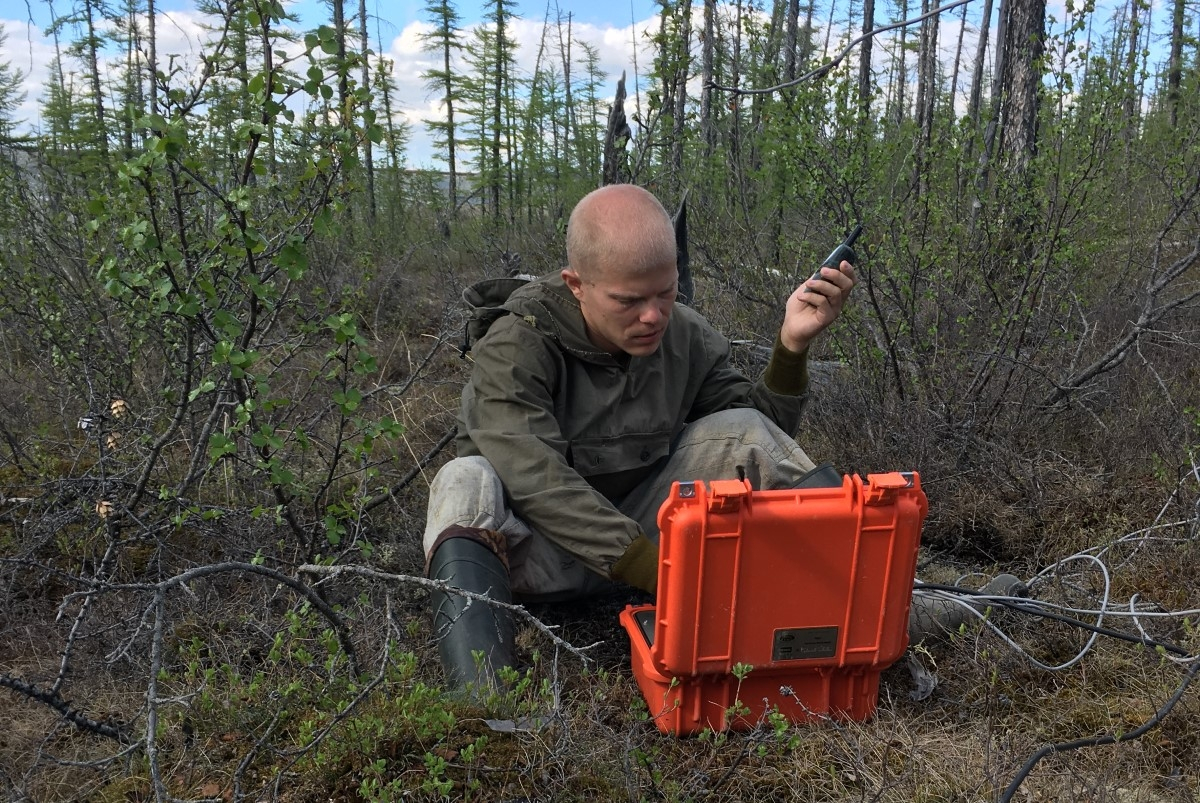St Petersburg University geophysicists develop an algorithm to ensure more accuracy in studying the interior of the Earth

St Petersburg University’s geophysicists have developed an algorithm of joint interpretation of two approaches to exploration of the Earth’s subsurface. The developed algorithm ensures more accuracy in engineering investigations.
The research results have been published in the Journal of Environmental and Engineering Geophysics.
An essential preliminary to building and construction or resource extraction is studying the geological structure of the site. One of steps of this process is geophysical investigation. This provides a continuous overview of the geological horizons rather than just data on points: boreholes. The standard methods of geophysics help successfully solve this problem in comparatively simple conditions. Yet the classical direct current methods may lead to serious inaccuracy if we have to investigate geologically complex structures with thin layers of sandy and clayey soils.
Among the most popular methods in geoelectrical survey is electrical resistivity tomography (ERT). It is a geophysical method for imaging subsurface structures by electrical resistivity measurements made at the surface or in boreholes. It allows geologists to ‘see’ various rock formations as they have different resistivity. Yet the electrical resistivity tomography can also result in serious inaccuracy in measuring geologic layer thickness, and therefore lead to a considerable increase in values.
Errors in estimation of the electrical properties of the soils may lead to mistakes in pile construction and other problems during building. When we explore the deposit of the sands, such errors can lead to wrong data about sand reserves.
Arseny Shlykov, the first author of the research, PhD and senior researcher at the Institute of Earth Sciences at St Petersburg University
‘You never know what is below the earth’s surface. If we interpret our data following formal approach only it is a huge chance to have mistakes,’ said Arseny Shlykov.
Electrical resistivity tomography (ERT) is not the only method to investigate the Earth’s subsurface. A relatively new radiomagnetotelluric (RMT) method is being developed by geophysicists at St Petersburg University and their colleagues at: the Institute of Geophysics and Meteorology (IGM), the University of Cologne (Germany); and Indian Institute of Technology Kharagpur (IIT Kharagpur). It uses electromagnetic field of remote radio transmitters, and provides information about the subsurface to depths from 1 to 30-50 metres. If we use controlled source radiomagnetotelluric (CSRMT), we can study the subsurface down to 100 — 150 metres.
‘If we use both methods in one site with complicated geoelectrical section, we can get different results. It is because significantly different structure of the electromagnetic field used in CSRMT and ERT methods. But the joint inversion of CSRMT and ERT data allows to use benefits of both methods and get more accurate results. This is the reason why we needed an algorithm to join them,’ said Arseny Shlykov.
The field experiment was carried out on the field testing site of Lomonosov Moscow State University that is located in the settlement of Aleksandrovka in the Kaluga region. The international team of geophysicists compared the results obtained using both methods and interpreted obtained data both separately and jointly. The data obtained using the newly developed algorithm was the closest to the borehole data.
The newly developed algorithm is a one more step forward to ensuring more accuracy of geophysical exploration. This algorithm works within a one-dimension horizontally layered vertically anisotropic model of the Earth.
Arseny Shlykov, PhD and senior researcher at the Institute of Earth Sciences at St Petersburg Universities
‘The one-dimensional models are simplest. They represent the subsurface as a puff pastry pie with multiple horizontal layers. The properties of the rocks in such models can change in one direction only, i.e. downward. That’s why such models are called one-dimensional. Obviously, the geological media is more complex. We are planning to continue developing the algorithm to be able to use it with two- and three-dimensional geological models. Two-dimensional models represent both vertical and lateral changes. Yet the lateral changes are also in one direction only. Three-dimensional models are most complex and close to what we have in real life. Yet using three-dimensional models is not an easy task. It is rather resource-intensive and time consuming,’ said Arseny Shlykov.
The research is supported by the Russian Foundation for Basic Research (project No 18-505-12033), Resource Centre Geomodel at the St Petersburg University’s Research Park, Germany’s Federal Ministry of Education and Research (project No 01DJ15012), and German Research Foundation (project TE 170/21-1).

